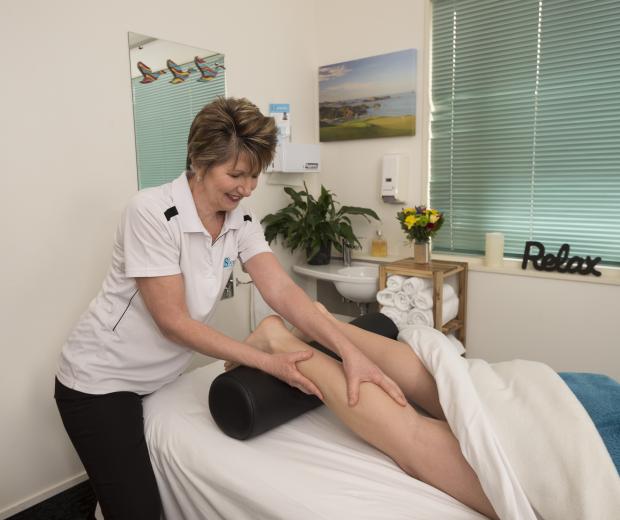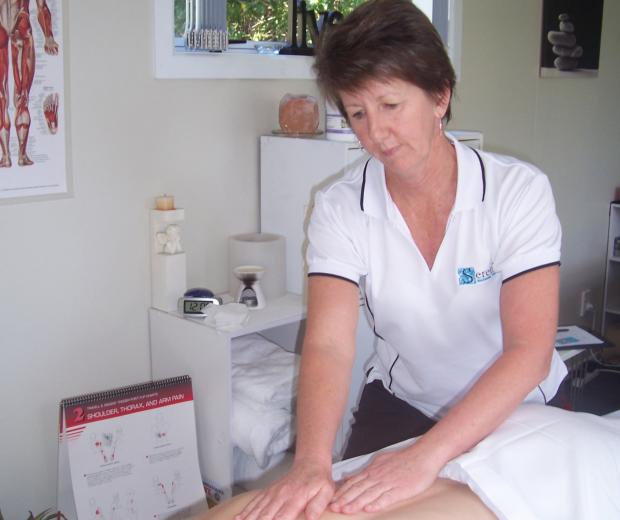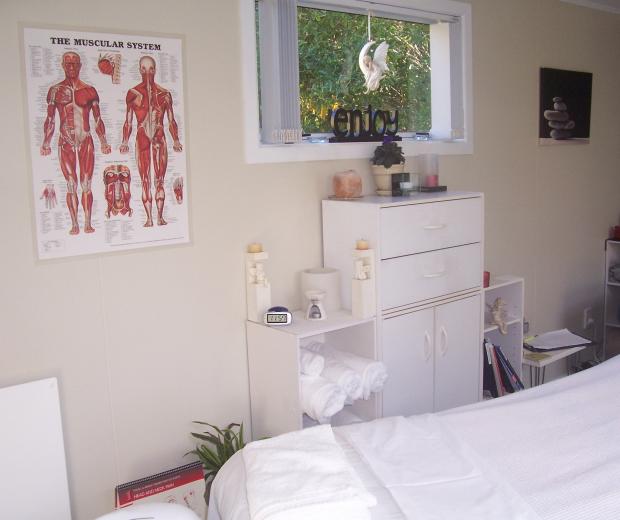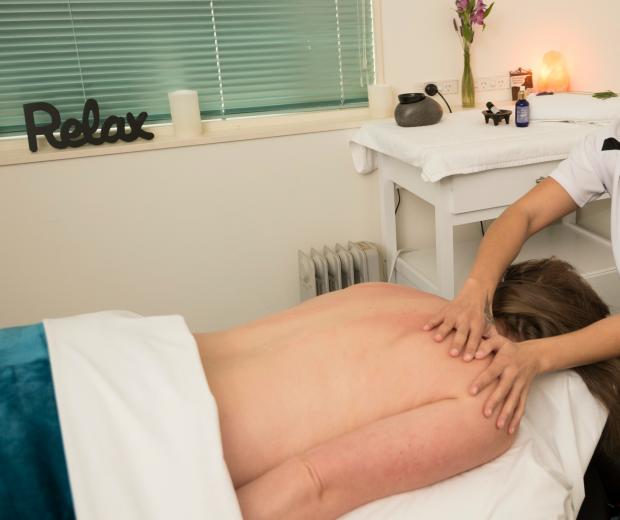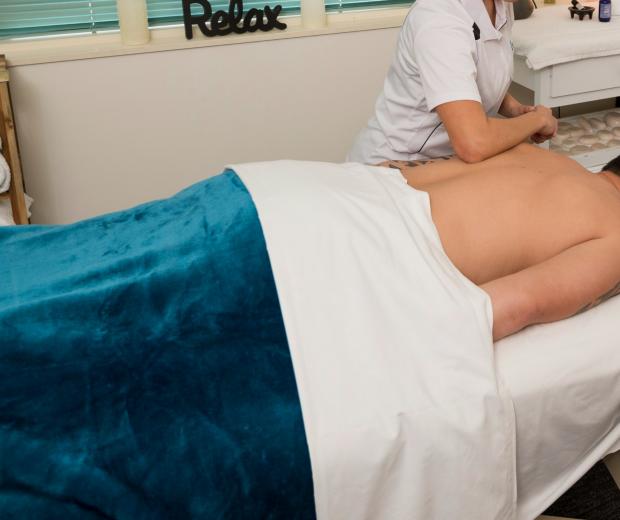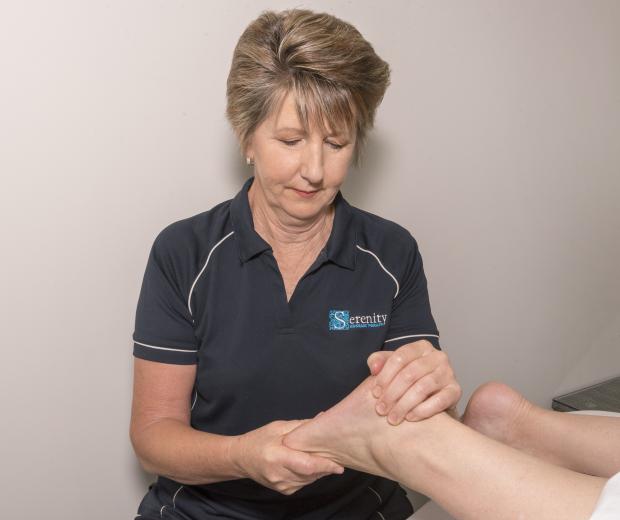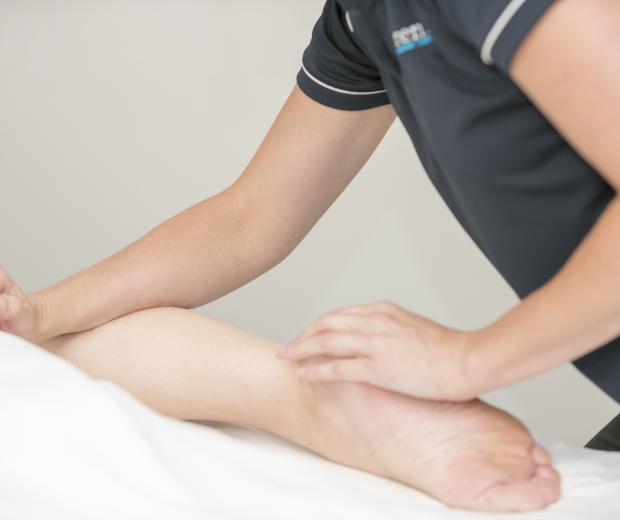How does massage therapy work?
Massage New Zealand supports research studies at the Touch Research Institute which now scientifically confirms the many benefits of massage.
Massage doesn’t just feel good.
Massage is a series of movements along the superficial and deep layers of skin, muscle and organs of the body. These movements applied with consistent depth and pressure, elongate muscle tissues that have contracted from overuse, lack of use, illness, injury or unhealthy lifestyles. This depth and manipulation of the tissues has an effect on the whole body. It increases circulation and relaxes muscle tissue. There is a relaxation response that occurs when the heart rate slows, blood pressure lowers, stress hormones decrease and the muscles relax, all resulting from therapeutic massage.
The increase in circulation normalises muscle and connective tissue, releasing and optimising nerve conduction. Massage contacts the largest organ in the body - the skin. Pressure and stretching stimulates most other organs, vessels, glands and tissues. Research shows that organs benefit from massage because they share neurological pain pathways with muscles, bones and nerves. Organs can reflect the dysfunction of other parts of the body, for example; low back pain can magnify menstrual cramps and cramps can cause lumbar muscles to tense. Massage can therefore enhance the functioning of organs and muscle tissue. The stimulation also releases endorphins, our body’s natural pain killers.
Massage also has a range of psychological benefits, making it a holistic therapy.
Read more: http://massagenewzealand.org.nz/

